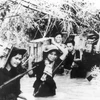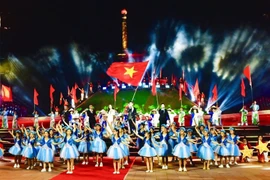















Vietnam People's Army – Core force in national liberation cause
Over 80 years of combat and development, the Vietnam People's Army has steadily strengthened, becoming the cornerstone of the nation's people defence and people's war strategy. It has played a pivotal role in the national liberation struggle and the cause of national construction and defence at present.






































